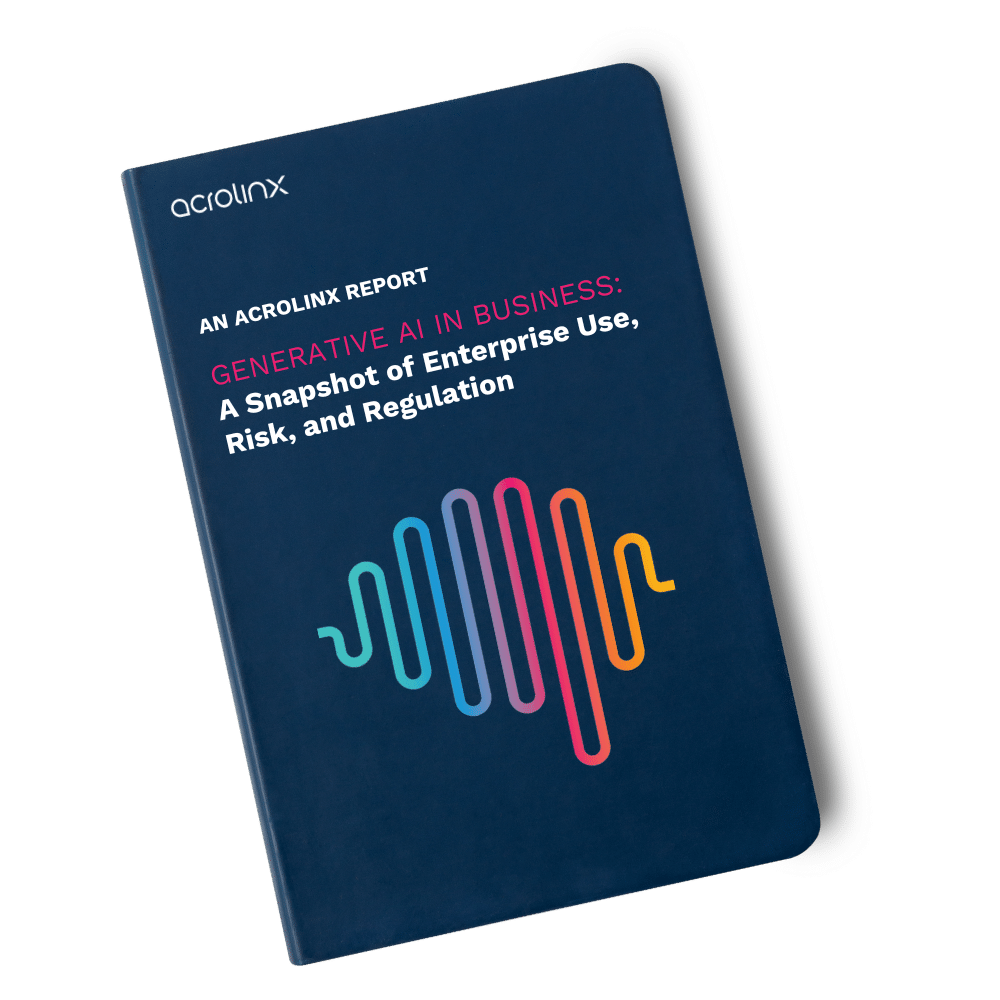How To Improve Your Editorial Review With AI Content Tools

Overcoming challenges in the editorial process
In many large businesses, content creation is far from efficient. Editorial cycles often become lengthy and repetitive, causing even straightforward content projects to take more time than necessary.
The root of the problem lies in traditional content creation’s slow and manual nature. This inefficiency prevents organizations from producing enough high-quality content to support key business initiatives. Even worse, the content created is often generic, poorly aligned with target personas, and inconsistent with the brand’s voice and editorial style guidelines. These challenges lead to content production processes that are unnecessarily costly and time-consuming, delivering subpar results. Frustrated by these inefficiencies, various departments may bypass content teams and create their own materials. Unfortunately, this “rogue” approach exacerbates the issue by increasing costs, reducing consistency, and further misaligning content with the brand.
So, how can you overcome these challenges? One effective solution is to implement a streamlined editorial process powered by automation. By automating revisions and other aspects of content creation, businesses improves efficiency, consistency, and overall content quality.
Inefficiencies of content creation
One of the biggest challenges for content teams is improving content efficiency, particularly during the review and approval process. Sending content for revisions often adds unnecessary delays, stretching content creation cycles by days or even weeks. This inefficiency arises because reviewers are frequently overburdened, and tasked with revising far more content than their capacity allows. Most companies only have enough editorial resources to review a small portion of the content slated for publication.
To bridge this gap, companies often rely on subject matter experts (SMEs) to step in. However, this approach can lead to inefficiencies. Instead of focusing solely on technical accuracy, SMEs may find themselves fixing grammar, adjusting style, or ensuring compliance with brand standards. While their efforts are valuable, using highly skilled professionals for tasks like editing and proofreading is not an effective use of their expertise or time.
Rather than hiring additional editors — a costly and unsustainable solution — companies can achieve scalability by leveraging AI writing tools and editing assistance. These tools automate time-consuming tasks like grammar correction, style alignment, and brand consistency checks. This approach not only speeds up the editorial process but also frees up SMEs to focus on their core responsibilities, enhancing both efficiency and content quality.
Benefits of AI content tools for editorial review
Editorial review efficiency and quality are greatly enhanced when AI tools are integrated into the process. AI frees up editorial teams’ valuable time by automating mundane tasks such as grammar and spelling checks, proofreading, and formatting. This shift allows editors to delve deeper into strategic considerations, such as refining content strategy, developing compelling narratives, and ensuring alignment with overall business objectives.
AI-powered content tools meticulously analyze content, identifying and suggesting improvements in areas like readability, tone, and style. It is through meticulous attention to detail that the final product is not only error-free but also engaging and impactful.
AI tools contribute to a more consistent and impactful overall content strategy. Having a consistent voice across all platforms and enforcing brand guidelines strengthens brand identity and enhances audience recognition. Several AI tools include sophisticated SEO features that allow editors to optimize content for search engines. To achieve higher search engine rankings and increase organic traffic to a website or platform, it is necessary to identify relevant keywords, refine meta descriptions, and improve overall readability.
Editorial teams can drive greater engagement and achieve broader business goals by leveraging AI for search optimization.
Ensuring consistency with editorial assistance
Global companies produce a lot of content. Ranging from technical documentation and knowledge articles, to content marketing and customer support. So it’s no surprise that it can be challenging keeping all enterprise content consistent with brand voice and style guidelines. With content teams spread out all over the world, saving time through immediate feedback for writers can help them get it right on the first draft.
Using an automated solution to help maintain brand voice and follow company guidelines across the content workflow reduces costly editorial cycles for burdensome quality checks. At some companies, writers might not be creating content in their native language, so being guided to use preferred terminology and aligning content to your brand voice maintains consistency. Automation also means that this can be done at scale, streamlining the editorial process and speeding up time to publication.
How can AI improve editorial review?
The key to working smarter and not harder is to use technology to help automate your editorial processes. Adopting the right content governance software, eliminates the need for the majority of human editing. The best platforms learn how your team, department, and company write, while capturing your enterprise content standards. They then make those standards actionable by guiding your writers to apply the correct preferences right in their favorite content authoring tools. The result is content that’s not only free of errors, but also fully compliant with your company’s particular standards.
Using technology to build better editorial processes leads to many other benefits, too. In addition to simply speeding things up, it results in higher-quality content. That’s not only great news for your audience, but also for your bottom line. For example, if you’re a global organization, and translate your content into lots of different languages, having higher-quality source content will dramatically cut down your translation costs. At the same time, automating the editing process will reduce your reliance on high-value employees, like subject matter experts, to do the work.
Acrolinx learns how your enterprise writes and captures your content standards and brand voice so it’s actionable across your workflow. Regardless of whether you’re writing in your native language or not, Acrolinx reduces the legal risk associated with non-compliant or poorly crafted content. It’s a safety net against mistakes — at scale.
To learn more about how to use technology to help your content teams work smarter and not harder, download our brochure: Automate Your Content Workflow with Acrolinx: Your Content Autopilot.
Are you ready to create more content faster?
Schedule a demo to see how content governance and AI guardrails will drastically improve content quality, compliance, and efficiency.
The Acrolinx Team





